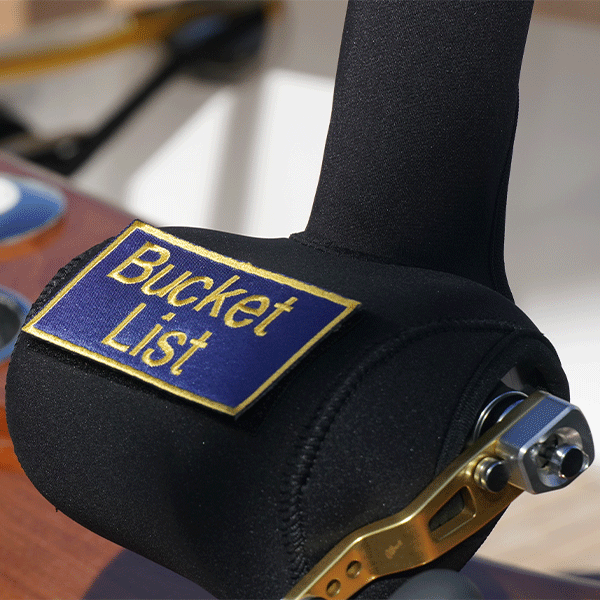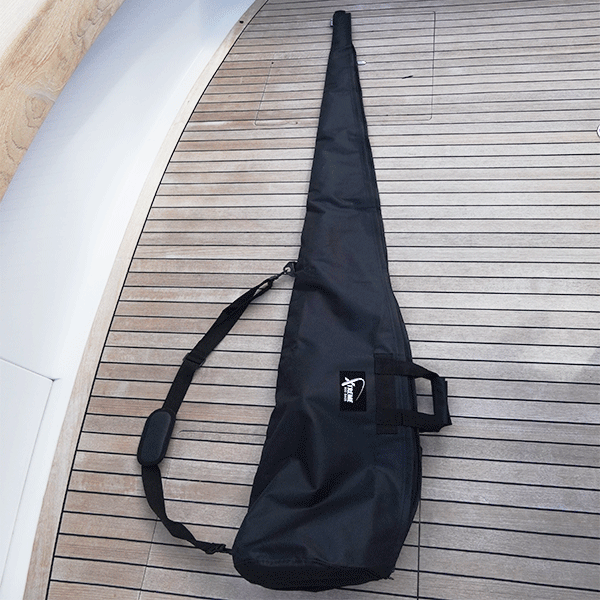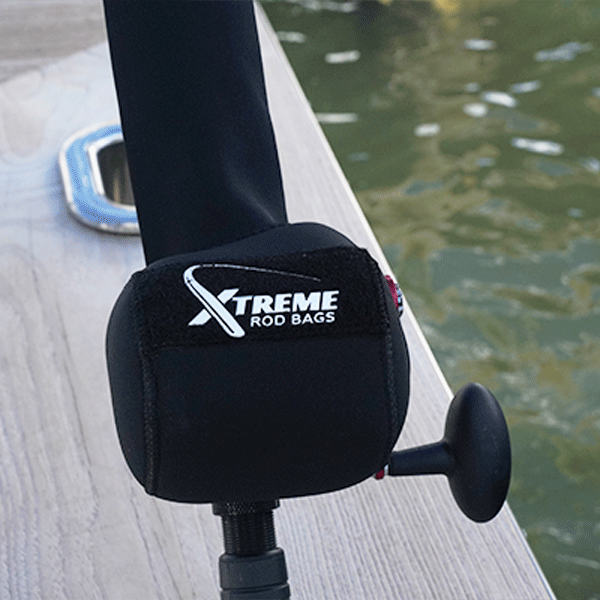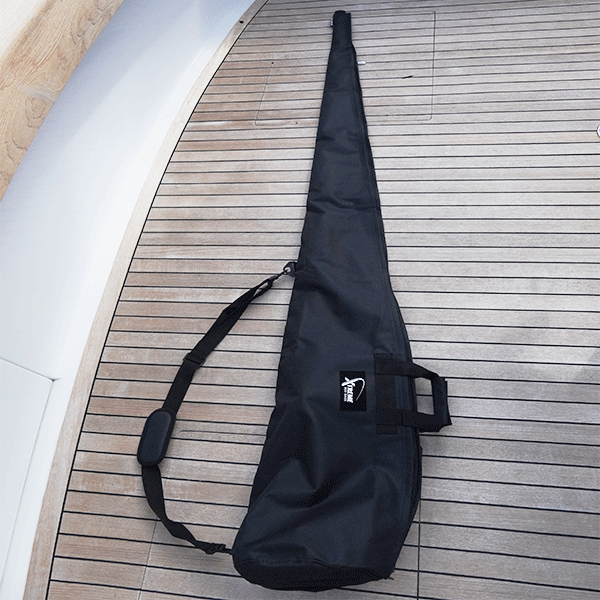
Fishing is a popular outdoor activity enjoyed by people of all ages around the world. Whether it’s freshwater or saltwater fishing, catching fish requires the right equipment. Fishing rods and reels are essential tools for anglers, and they can be quite expensive. Protecting them is crucial to ensure they last for years to come. In this blog, we’ll explore some tips on how to protect your fishing rods and reels.
1. Clean Your Equipment After Each Use
The first step in protecting your fishing rods and reels is to clean them after each use. Saltwater or freshwater can corrode the metal components of your fishing equipment over time, leading to rust and damage. Cleaning your equipment regularly with fresh water and mild soap will help to remove any dirt, debris, or salt buildup that can cause damage.
To clean your fishing rods, start by removing the reel and wiping down the rod with a soft cloth. Make sure to get into all the nooks and crannies, including the guides and the reel seat. If your rod has cork handles, use a mild soap and water to clean them, then rinse thoroughly and dry completely before storing.
To clean your fishing reel, first, remove the line and wipe down the exterior with a soft cloth. Then, use a toothbrush to gently clean the interior components, including the spool, bail, and handle. Lubricate any moving parts with a drop of oil to keep them functioning smoothly. Make sure to store your reel with the bail open to prevent damage to the line roller.
2. Use Protective Covers
Protective covers are a simple and effective way to protect your fishing rods and reels from damage. They come in a variety of materials, including neoprene, nylon, and PVC, and can be customized to fit your specific rod and reel models. Protective covers help to prevent scratches, nicks, and dings that can weaken the structural integrity of your equipment over time.
When choosing a protective cover, make sure to select one that is made from a durable material and fits your rod and reel snugly. A poorly fitting cover can actually cause more harm than good by rubbing against your equipment and causing scratches or other damage. Also, make sure to remove the cover and dry your equipment thoroughly before storing it to prevent mold or mildew buildup.
3. Store Your Equipment Properly
Proper storage is essential for protecting your fishing rods and reels. When storing your equipment, make sure to keep it in a dry and cool place, away from direct sunlight or extreme temperatures. Exposure to sunlight or heat can cause the materials of your fishing equipment to break down and weaken over time, leading to cracks, warping, or other damage.
If possible, store your fishing rods and reels in a rod holder or rack that keeps them upright and organized. This will prevent them from getting tangled or knocked over, which can cause them to become bent or broken. If you need to store your equipment in a horizontal position, make sure to use a protective cover and support the rod at both ends to prevent warping or bending.
4. Transport Your Equipment Safely
Transporting your fishing rods and reels can be tricky, especially if you’re traveling long distances or using a small vehicle. However, there are some tips that can help you transport your equipment safely and prevent damage.
First, make sure to secure your fishing rods and reels in a padded rod case or sleeve to protect them from bumps, jostles, and other impacts during transport. If you’re traveling by car, make sure to secure the case or sleeve to prevent it from moving around or sliding during transit.
If you’re flying with your fishing equipment, make sure to check the airline’s policies regarding carry-on or checked baggage. Some airlines may allow you to bring your equipment as carry-on luggage, while others will not.




